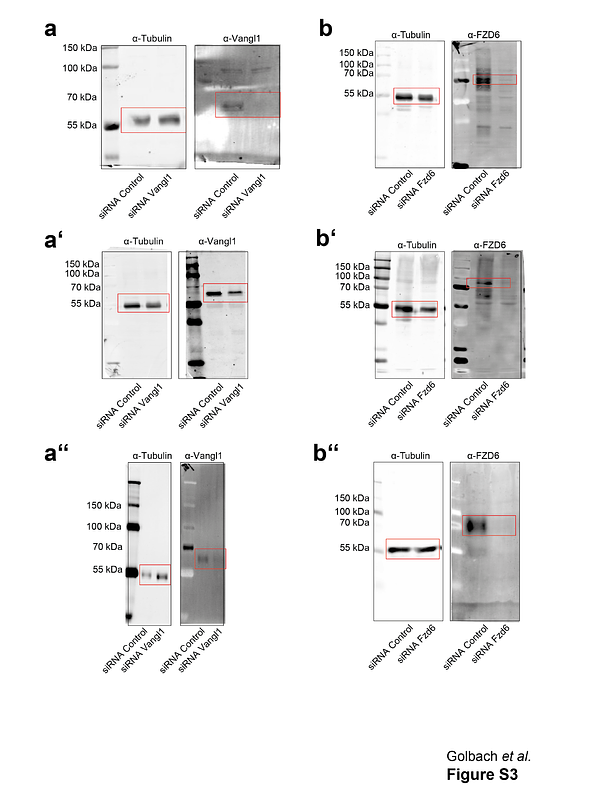Mechanical Strain Activates Planar Cell Polarity Signaling to Coordinate Vascular Cell Dynamics

Mechanical Strain Activates Planar Cell Polarity Signaling to Coordinate Vascular Cell Dynamics
Golbach, L.; Saha, T.; Odenthal-Schnittler, M.; Lucking, J.; Velic, A.; Akmeric, E. B.; Bornhorst, D.; Popp, O.; Mertins, P.; Gunawan, F.; Gerhardt, H.; Macek, B.; Trappmann, B.; Schnittler, H.; Galic, M.; Matis, M.
AbstractMechanical stimuli, particularly laminar blood flow, play a crucial role in shaping the vascular system. Changes in the rate of blood flow manifest in altered shear stress, which activates signaling cascades that drive vascular remodeling. Consistently, dysregulation of the endothelial response to fluid shear forces and aberrant flow patterns both lead to pathological conditions, including impaired blood vessel development and atherosclerosis. Despite its importance, the mechanisms driving the coordinated cell behavior underlying vascular remodeling are not fully understood. Combining classical cell biological approaches with advanced image analysis, mathematical modeling, biomimetic strategies, and in vivo studies, we identify the planar cell polarity (PCP) protein Vangl1 as an enforcer of flow-dependent cell dynamics in the vascular system. We demonstrate that shear stress triggers the relocation of Vangl1 from an internal reservoir to the plasma membrane at the initiation of cell remodeling. Membrane enrichment of Vangl1 is mediated by a Coronin1C-dependent shift in the equilibrium between endo- and exocytosis and results in the spatial reorganization of another essential PCP protein, Frizzled6 (Fzd6). The resulting mutual exclusion of the core PCP proteins Fzd6 and Vangl1 augments differential junctional and cytoskeletal dynamics along the flow axis. Loss of Vangl1 limits the ability of endothelial cells to respond to shear forces in a coordinated fashion, resulting in irregular cell alignment along the flow direction and erroneous vessel sprouting. Together, these studies introduce core PCP signaling as a determinant of collective cell dynamics and organization of the vascular system.


